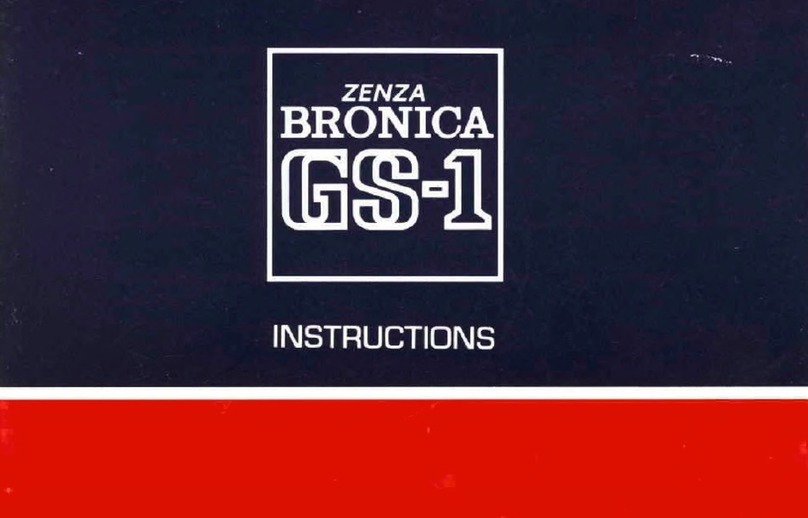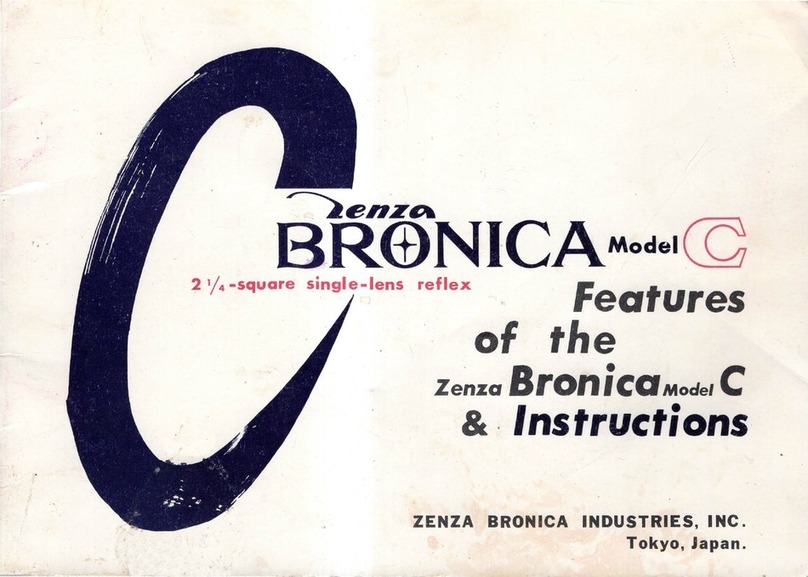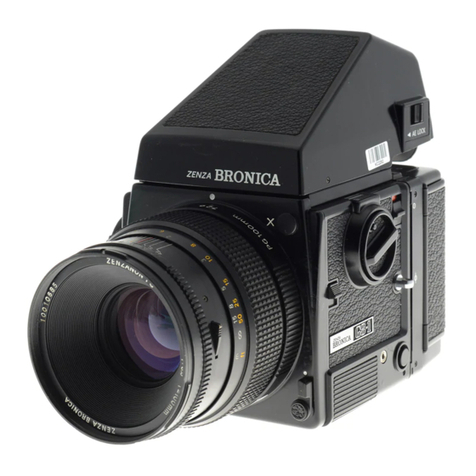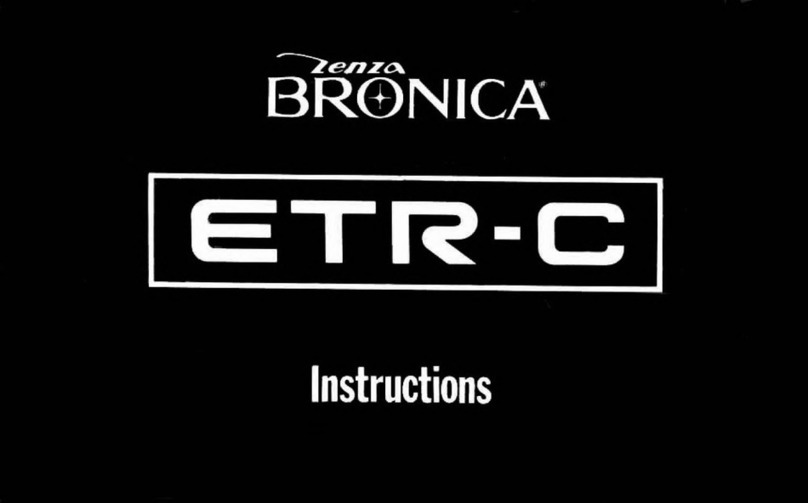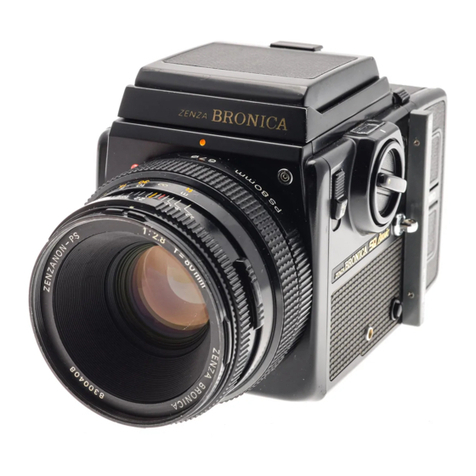
Your
ZENZA
BRONICA
S
is
0 precIsion instrument which
has
been designed with the utmost
of
humon ingenuity ond skill.
It
is
unique in its field. possessing conveniences and
automatic
features
not
found in any
other
instrument
of
its type. The
ZENZA
BRONICA
S was designed
to
extend
th~
scope
of
photographic
expression
beyond
the limitations imposed
by
conventional
equipment. It was designed
to
serve
you
-
to
help
you
create
the fine picture results
you
have
often
conceived
yet
found
to
be
beyond
the
ken
of
ordinary
camera equipment. The
ZENZA
BRONICA
S
is
an
integrated
tool
in which
automatic
·
operation
and
quality
of
performance
combine
to
equip and assist
you
in
achieving
notably
superior
pictures.
It
is
best that
you
become familiar
with
your
new
ZENZA
BRONICA
S
at
the
very
beginning.
Devote
the
extra
minutes
it
will
toke
to
know
your
ZENZA
BRONICA
S.
Read the instructions carefully. Your efforts
will
be
reworded
by
the
pride
you
will
have in the ·pictures
it
will
give
you.
INSTANT
RETURN
AUTOMATIC MIRROR
The reflex
mirror
of
the
BRONICA
S
is
on exclusive
original.
It
does
not
fiip up
for
the exposure
as
in
other
single
lens
reflex
cameros. but
it
moves
forward
and
down
with
greater
clearance
provided
for
deep
seated lenses
per-
mitting
shorter
focal
length
to
be used
without
mirror
interference.
(Fig.
21
Using this exclusive method.
th
e
BRONICA
S
con be equipped with a normal
75mm
lens
or
with
a
50mm
super
wide
angle.
After
on
exposure. the
mirror
in
st
ant-
ly
automaticall
y retu"ns
to
viewing
position.
(Fig.
11
Fie
. I
